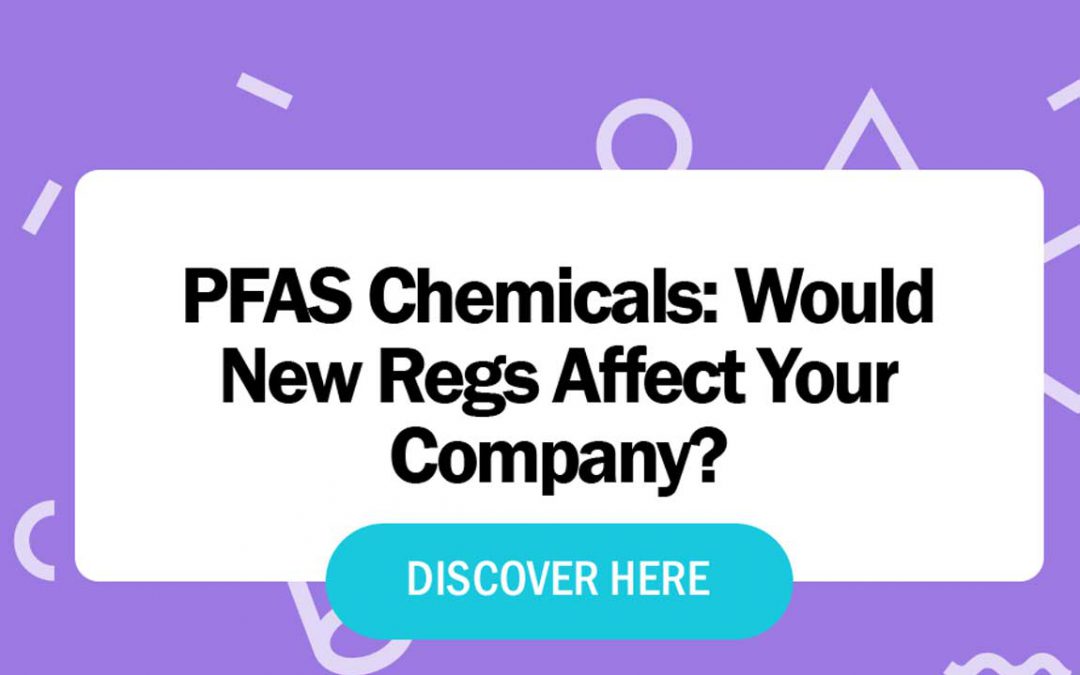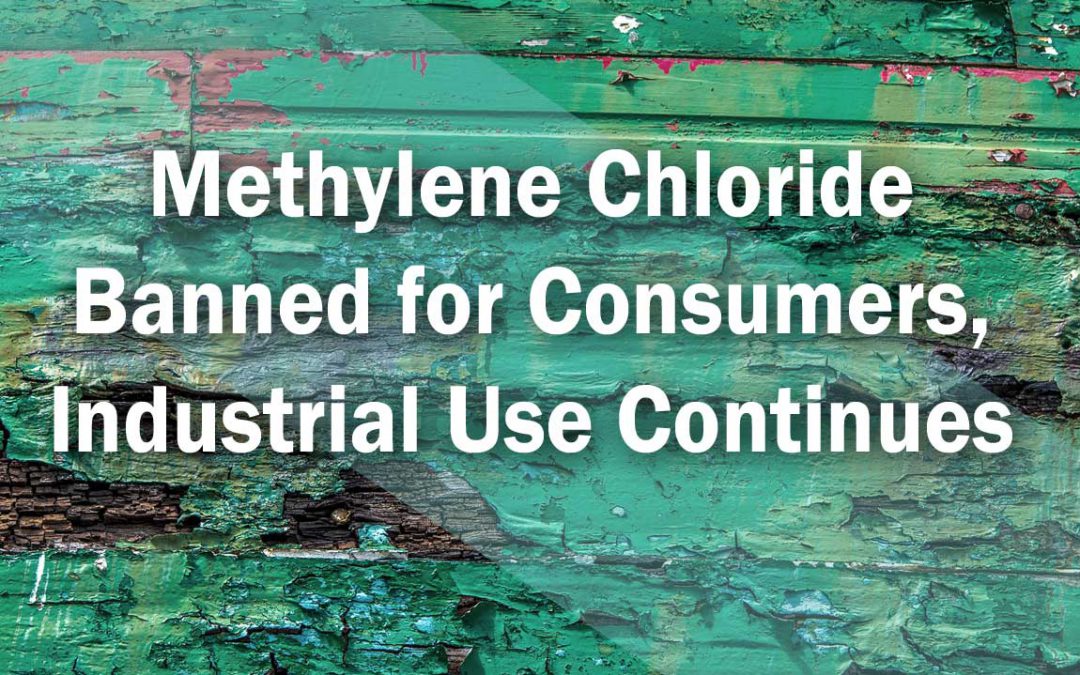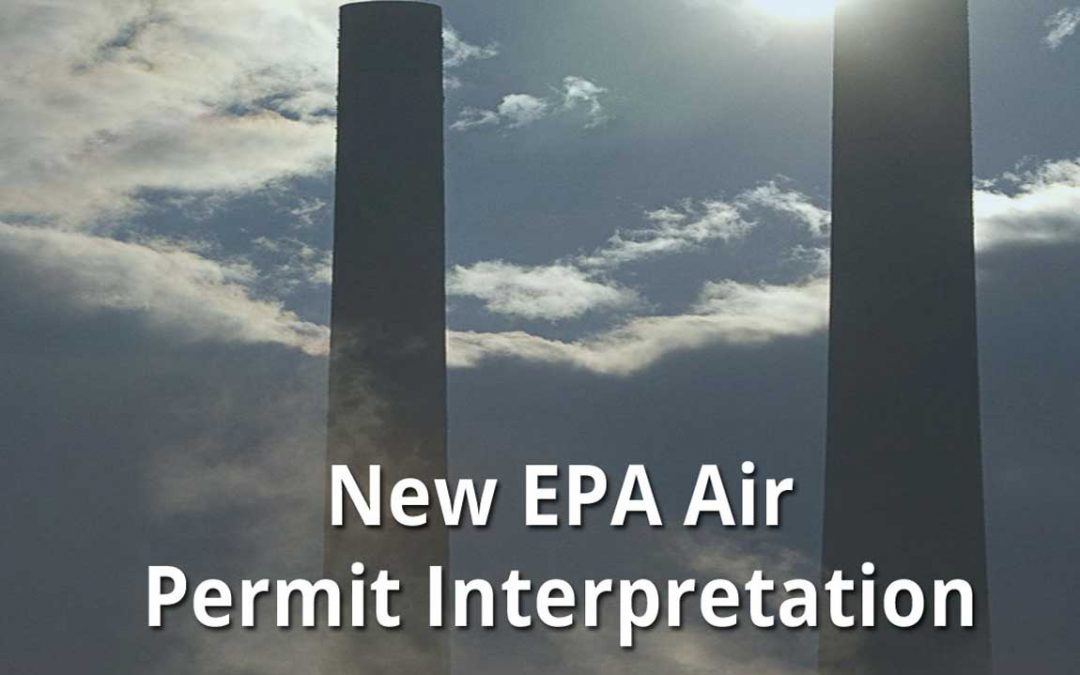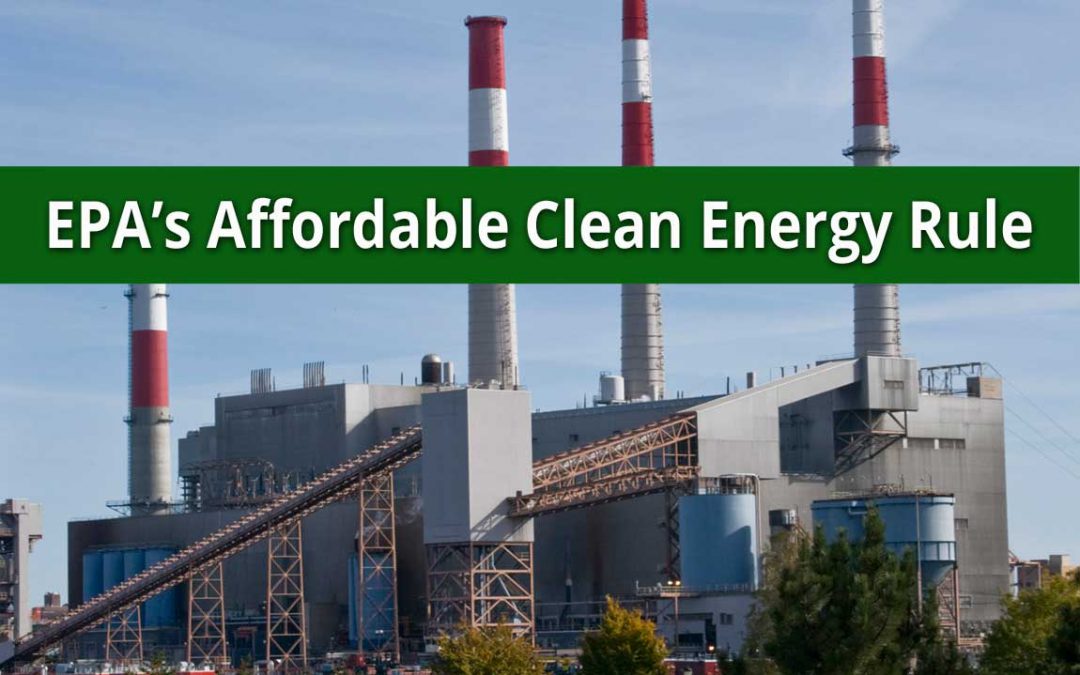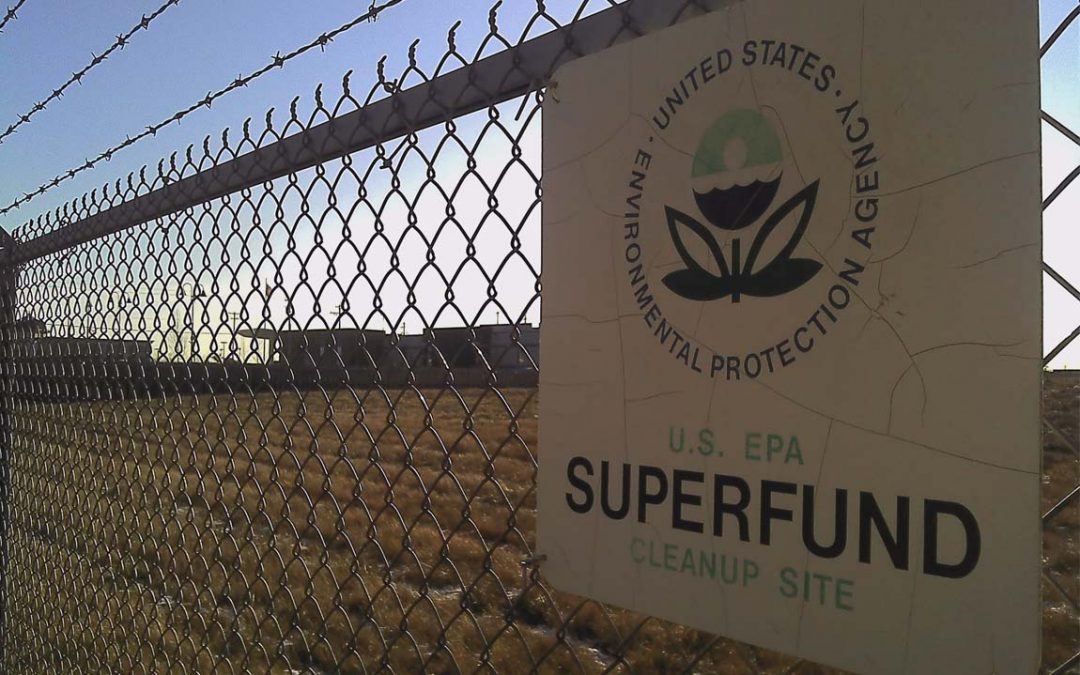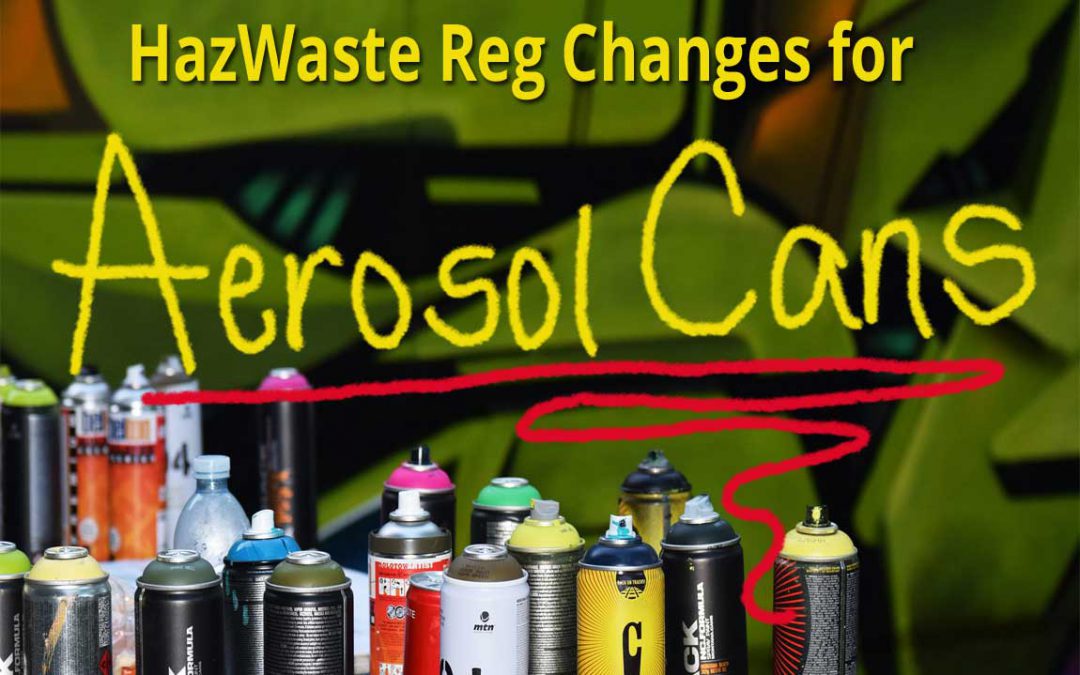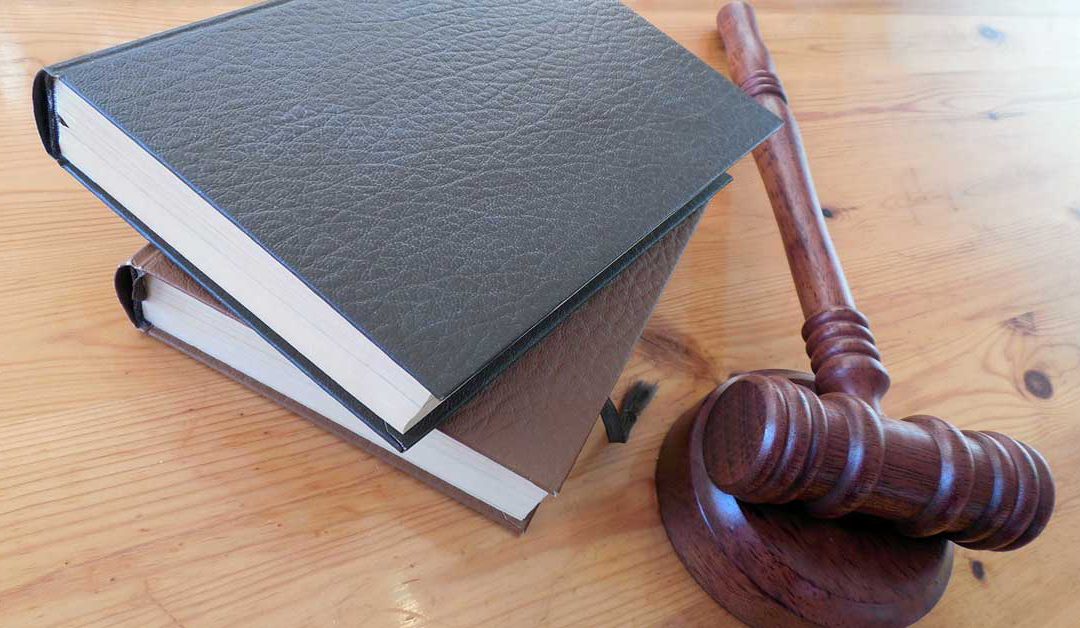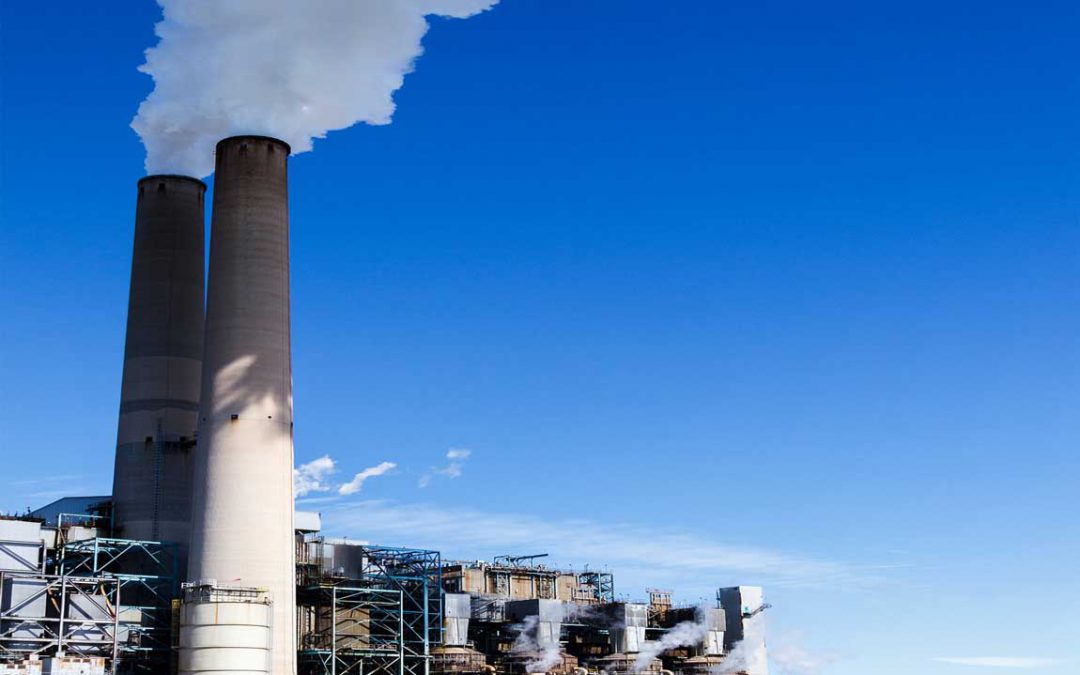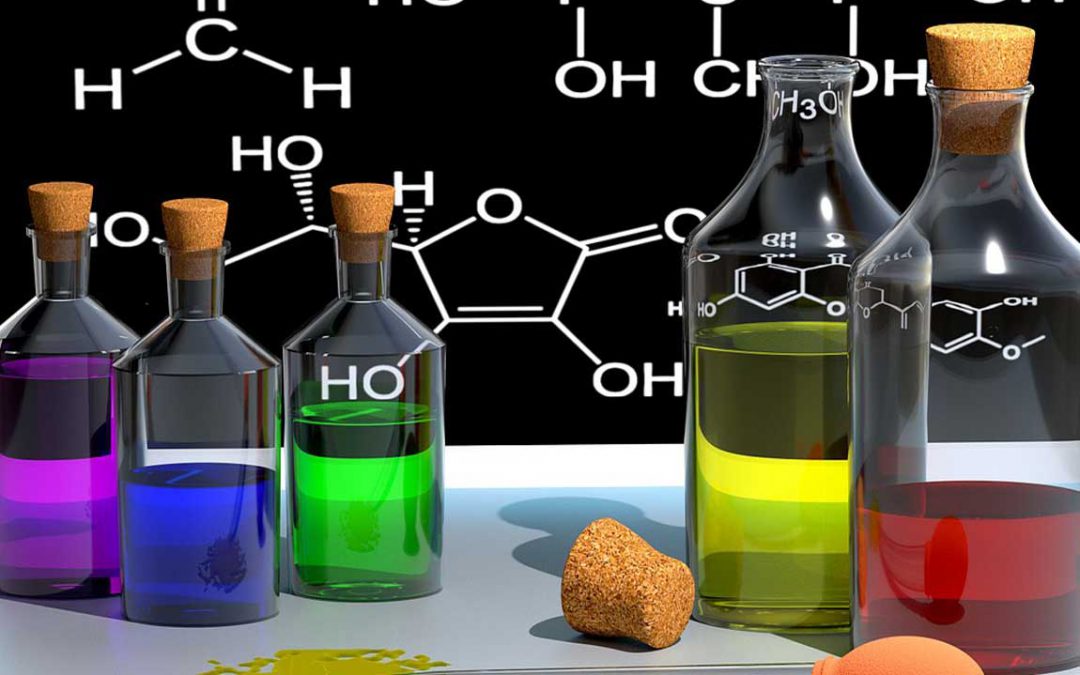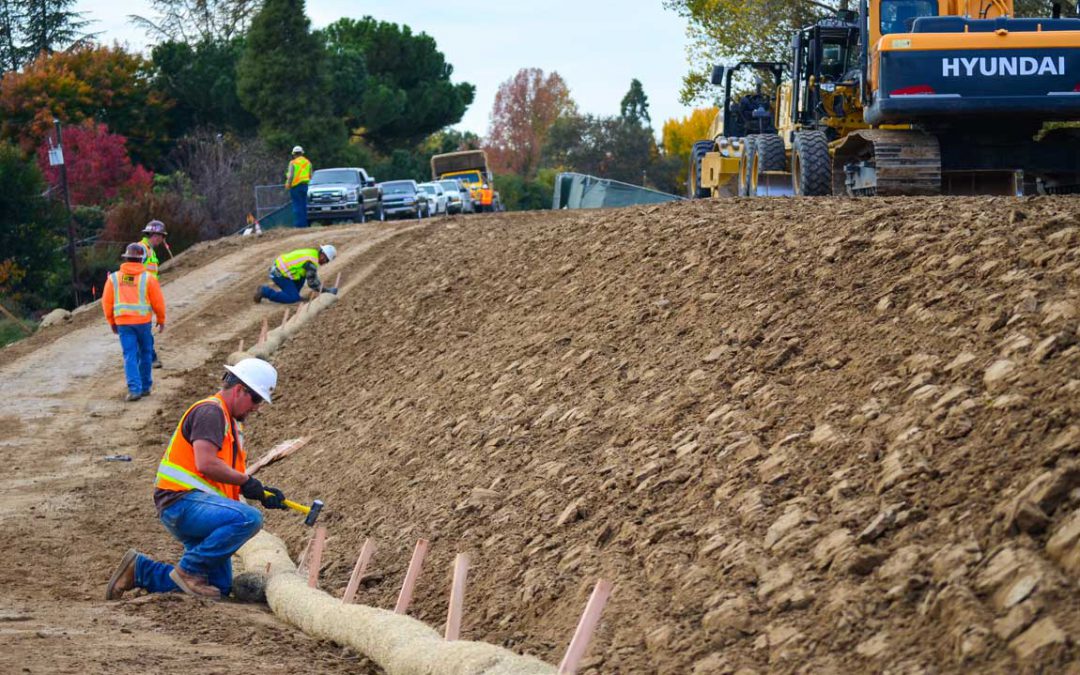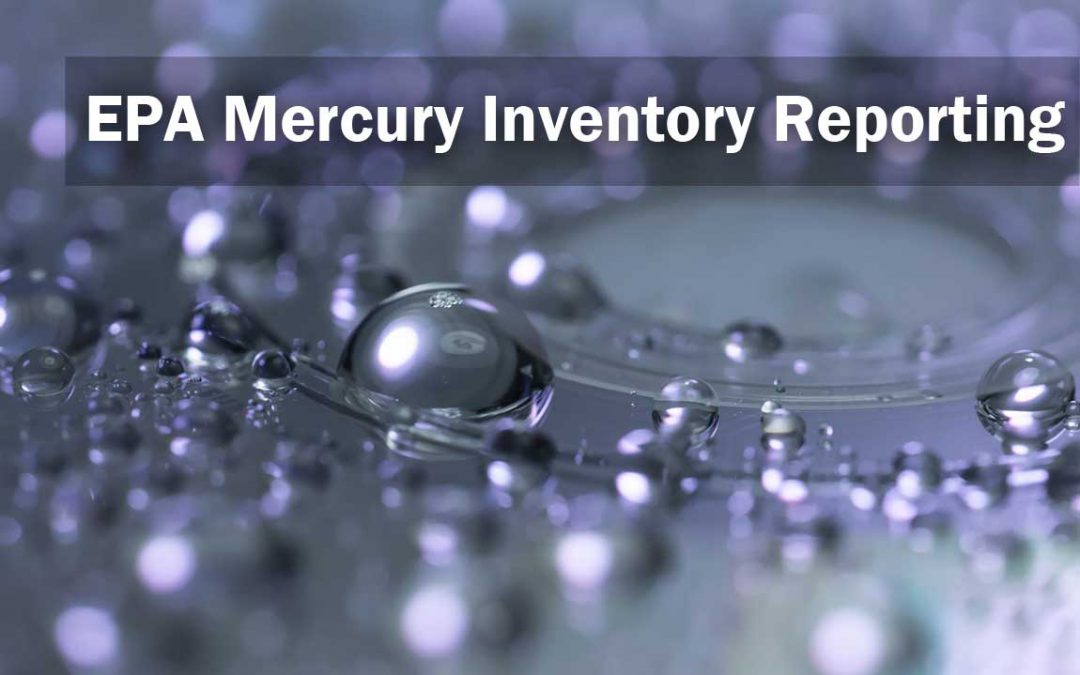
EPA’s Mercury Inventory Report Due July 1
Any person, company or organization who manufactures or imports mercury or mercury-added products, or intentionally uses mercury in a manufacturing process are required to file a report to EPA by July 1, 2019.
Called the “Mercury Inventory Reporting Rule,” it is a part of the Toxic Substances Control Act (TSCA). The final rule for this was published in June 2018. TSCA requires EPA to publish an inventory on mercury supply, use and trade every 3 years. EPA’s next inventory is due in 2020, so as a result, they are requiring those use and import mercury to get their data submitted by July 1, 2019.
Requirements
If you fall under this requirement, it doesn’t matter how much mercury you use, you still need to report to EPA. Reporting is done through EPA’s Central Data Exchange.
The data you’ll use in the report are quantities from calendar year 2018. Some of the items required to be reported include:
- Amount of mercury produced, imported, stored, used, sold, or exported;
- Types of products made;
- Types of manufacturing processes and how mercury is used;
- Business sectors to which mercury or mercury-added products are sold;
- Country of origin of imported mercury or mercury-added products; and
- Destination country for exported mercury or mercury-added products.
Once submitted, you’ll be required to submit this report again every 3 years. EPA will not publish names or identifying information once they publish the results.
Exemptions
There are a few exemptions to reporting. In the following instances you won’t need to report:
- Your mercury activity isn’t for commercial advantage;
- The mercury you use is only as an impurity;
- You’re generating, handling or managing mercury-containing waste only (and not recovering it for commerce purposes)
- The mercury is in an assembled product that contains a mercury component (EPA gives the example of a mercury light bulb for a car manufacturer); or,
- You manufacture assembled products that contain a component that’s a mercury-added product but you didn’t manufacture or import that component.
EPA Webinar
EPA is having two webinars to explain this Mercury Inventory Reporting Rule. One is Tuesday May 21, the other is Thursday May 23. Click on those dates to go to the signup page for each.
Need Help?
Does this apply to you? What other environmental reports apply to you? We can determine that for you!
